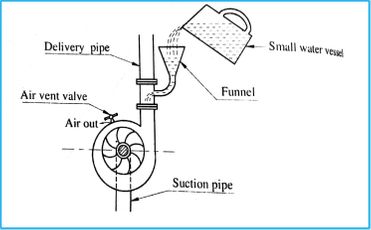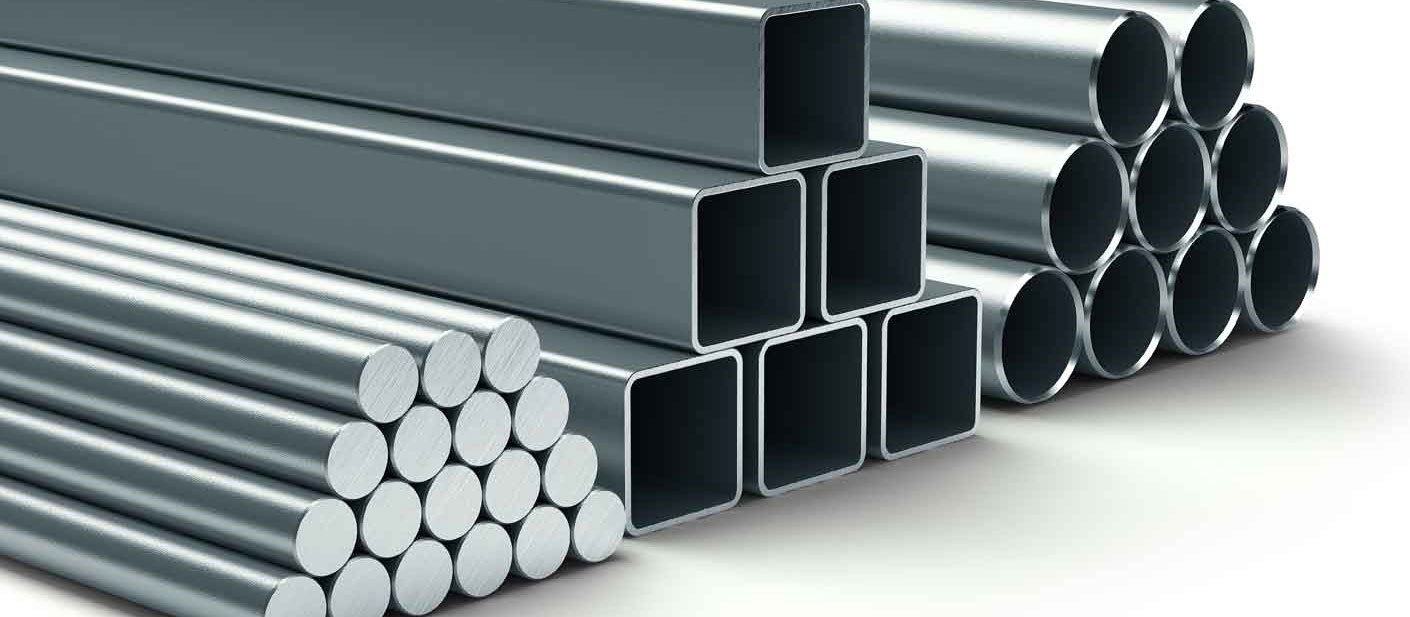Metal galling, also known as cold welding or adhesion, is a type of wear that occurs when two metal surfaces are in contact and slide against each other. This can happen when two metal parts are tightened against each other, such as in bolts, nuts, and other types of fasteners.
The contact between the two surfaces causes small particles of metal to be transferred from one surface to the other, creating a build-up of material that can cause the surfaces to lock together and make it difficult to separate them. This can lead to damage to the surfaces, reduced efficiency, and even complete failure of the parts. To prevent galling, special coatings or lubricants may be applied to the surfaces, or different types of materials may be used.
It’s worth noting that metal galling can occur between metal surfaces that are made of the same or similar materials. This is because the contact between the surfaces creates a high level of friction, which can cause the metal to fuse together at a microscopic level. The resulting bond between the two surfaces is extremely strong, making it difficult to separate the parts without causing damage.

Galling can also occur at high loads and low speeds, and it is commonly found in applications where parts are subjected to high cyclic loading such as screw, bolts, gears, splines, etc. It’s also more likely to occur in applications where parts are subject to vibration, as the constant movement can cause the metal surfaces to rub against each other, creating the ideal conditions for galling to occur.
Causes of Metal Galling
There are several factors that can contribute to the formation of galling:
- Friction: High levels of friction between metal surfaces can cause the surfaces to fuse together, leading to galling.
- Load: High loads can cause the metal surfaces to press against each other, increasing the risk of galling.
- Surface finish: Rough or uneven surface finishes can increase the risk of galling, as the small imperfections can act as points of contact that can fuse together.
- Material properties: Some materials are more prone to galling than others. For example, metals that are softer or have a lower coefficient of friction are more likely to experience galling.
- Temperature: High temperatures can cause the metal to expand and put more pressure on the surfaces, increasing the risk of galling.
- Vibration: Constant vibration can cause the metal surfaces to rub against each other, creating the ideal conditions for galling to occur.
- Corrosion: Presence of corrosion on metal surfaces can act as an abrasive, increasing the risk of galling.
- Chemical environment: Exposure to certain chemicals can cause corrosion, which in turn increases the risk of galling.
It’s worth noting that galling can occur in a variety of different situations and environments, and multiple factors may contribute to its formation at the same time.
Mechanism of Metal Galling
The mechanism of galling can be broken down into three main stages: initiation, propagation, and failure.
- Initiation: The first stage of galling is the initiation of contact between the two metal surfaces. As the surfaces come into contact, small particles of metal can be transferred from one surface to the other, creating a small area of contact known as a “weld zone.”
- Propagation: As the two surfaces continue to slide against each other, the weld zone begins to grow and expand. This can happen in two ways: either by the transfer of more metal particles from one surface to the other, or by the plastic deformation of the surfaces. As the weld zone grows, it can begin to create a build-up of material that can cause the surfaces to lock together and make it difficult to separate them.
- Failure: The final stage of galling is the failure of the parts. This can happen in a number of ways, depending on the severity of the galling. In some cases, the parts may simply seize and become difficult to separate. In more severe cases, the surfaces may become severely damaged or even completely fail.

The exact mechanism of metal galling can vary depending on the specific conditions and materials involved, but generally it’s caused by the high friction and pressure between the two metal surfaces that lead to transfer of small particles of metal from one surface to the other. This results in a high-pressure contact zone that can fuse the two surfaces together, making it difficult to separate them.
Metals Susceptible to Galling
Certain metals are more susceptible to galling than others. Some examples include:
- Aluminium: Aluminium has a low coefficient of friction and is relatively soft, making it more susceptible to galling.
- Stainless Steel: Stainless steel is a commonly used metal that is also prone to galling, especially in high-load, high-vibration applications.
- Copper: Copper is a relatively soft metal that can be prone to galling, especially when used in applications where it is subject to high loads or vibration.
- Titanium: Titanium is a highly corrosion resistant and lightweight metal, but it is also relatively soft and can be prone to galling.
- Magnesium: Magnesium is a lightweight metal that is also relatively soft and can be prone to galling.
- Brass: Brass is a copper-zinc alloy, which is relatively soft and can be prone to galling.
These are just a few examples of metals that are more susceptible to galling, but it’s worth noting that any metal can experience galling if the conditions are right. Factors such as surface finish, load, vibration, and temperature can all contribute to the formation of galling, regardless of the material used.
How Does Metal Galling Occurs
Metal galling occurs when two metal surfaces come into contact and slide against each other. The contact between the surfaces creates a high level of friction, which can cause small particles of metal to be transferred from one surface to the other. This can lead to a build-up of material that can cause the surfaces to fuse together at a microscopic level, forming a bond that is extremely strong and difficult to separate.

The process of galling can be broken down into three main stages:
- Initiation: The first stage of metal galling is the initiation of contact between the two metal surfaces. As the surfaces come into contact, small particles of metal can be transferred from one surface to the other, creating a small area of contact known as a “weld zone.”
- Propagation: As the two surfaces continue to slide against each other, the weld zone begins to grow and expand. This can happen in two ways: either by the transfer of more metal particles from one surface to the other, or by the plastic deformation of the surfaces.
- Failure: The final stage of galling is the failure of the parts. This can happen in a number of ways, depending on the severity of the metal galling. In some cases, the parts may simply seize and become difficult to separate. In more severe cases, the surfaces may become severely damaged or even completely fail.
It’s worth noting that metal galling can occur under different conditions and environments, and multiple factors may contribute to its formation at the same time, such as: high loads, high friction, vibration, corrosion, high temperatures, and surface finish of the metal.
What is Anti-Gallant
Anti-galling refers to a set of techniques used to prevent or reduce the risk of metal galling. Metal galling is a type of wear that occurs when two metal surfaces come into contact and slide against each other, which can cause damage to the surfaces and even complete failure of the parts. Anti-galling measures can help to reduce the friction and pressure between the metal surfaces, thus reducing the risk of metal galling.

How to Prevent Galling?
Preventing galling can be accomplished by implementing several techniques:
- Lubrication: Applying a lubricant such as oil or grease to the metal surfaces can help to reduce the friction between the surfaces and prevent galling.
- Surface finish: Applying a surface finish such as electroplating, nitriding, or hardening can increase the surface hardness and reduce the risk of galling.
- Design changes: Changing the design of the parts, such as reducing the contact pressure between the parts, can help to reduce the risk of metal galling.
- Materials: Using materials with a lower coefficient of friction, or higher hardness, can help to reduce the risk of galling. Also using anti-galling alloys can be very effective in preventing galling.
- Coatings: Applying special coatings such as PTFE (Teflon) or molybdenum disulfide can help to reduce the friction between the surfaces and prevent metal galling.
- Temperature control: Keeping the temperature of the parts as low as possible can reduce the risk of galling, as high temperatures can cause the metal to expand and put more pressure on the surfaces.
- Vibration control: Minimizing the vibration in the application can reduce the risk of metal galling as the constant movement can cause the metal surfaces to rub against each other, creating the ideal conditions for metal galling to occur.
It’s important to note that, in some cases, despite all the preventive measures, metal galling may still occur. In these situations, it’s important to closely monitor the parts for signs of wear or damage and replace or repair them as needed to avoid any serious damage or failure.
Some metals are more susceptible to galling than others such as aluminium, stainless steel, copper, titanium, magnesium and brass. The process of galling can be broken down into three main stages: initiation, propagation, and failure. To prevent metal galling, several techniques can be used such as lubrication, surface finish, design changes, materials, coatings, temperature control, and vibration control. It’s important to monitor the parts for signs of wear or damage and replace or repair them as needed to avoid any serious damage or failure.




